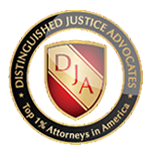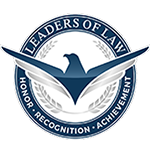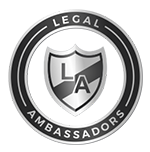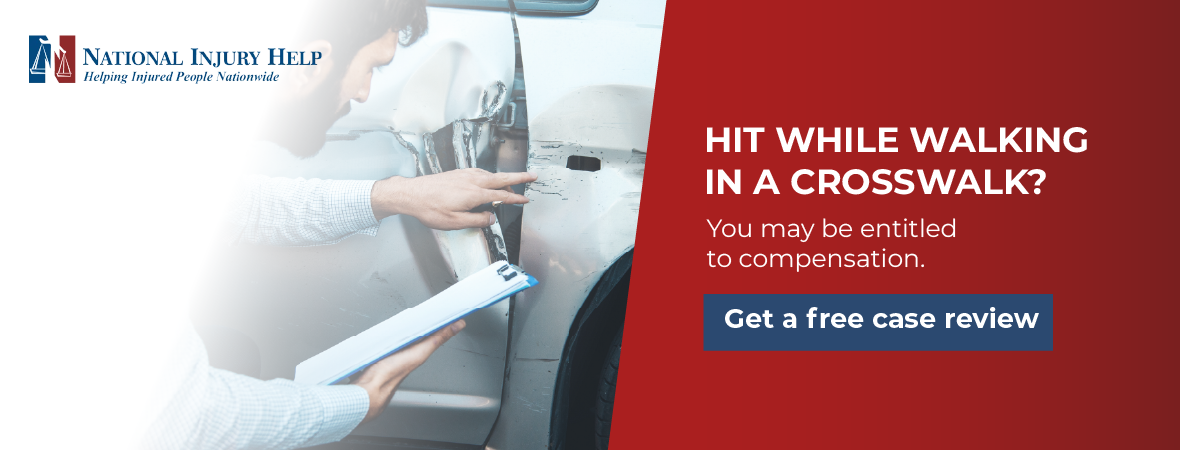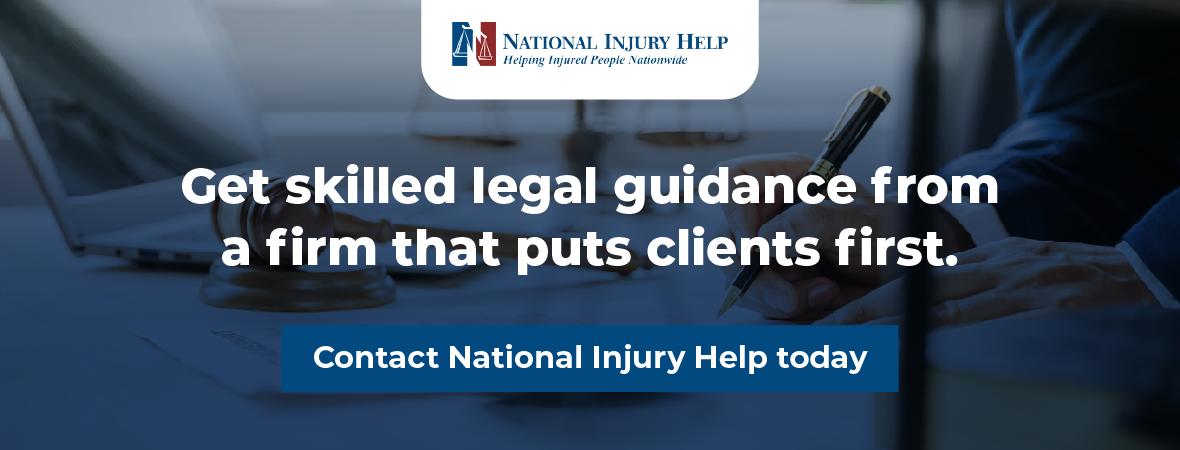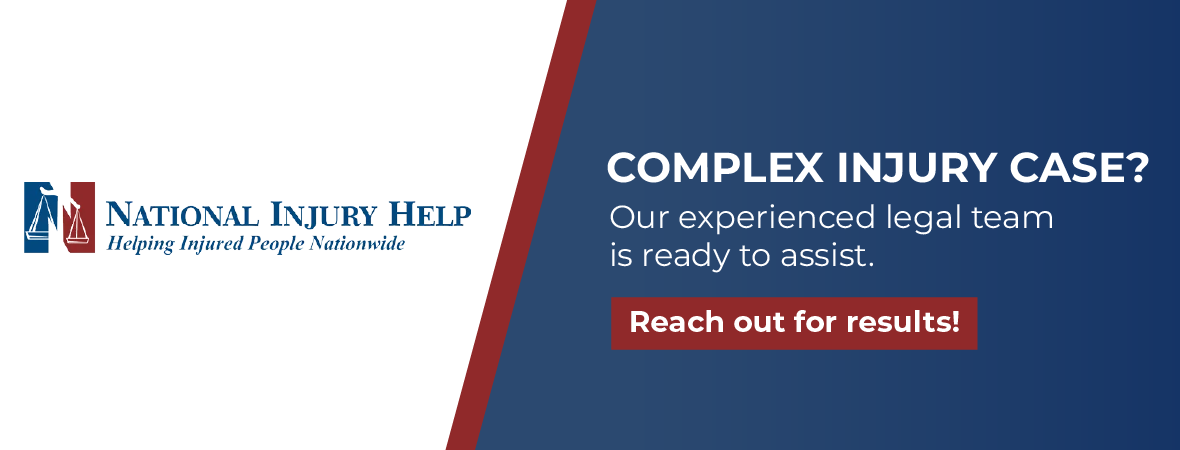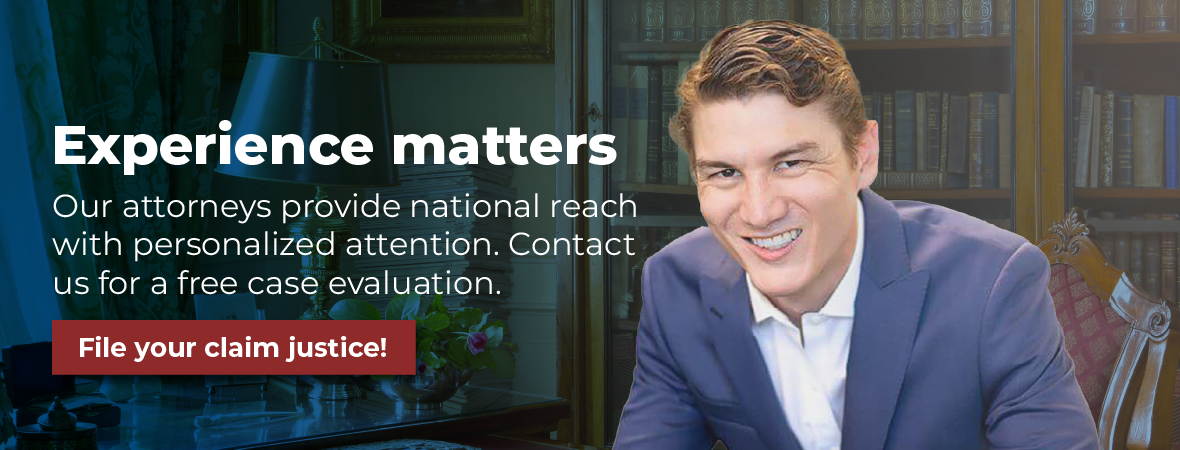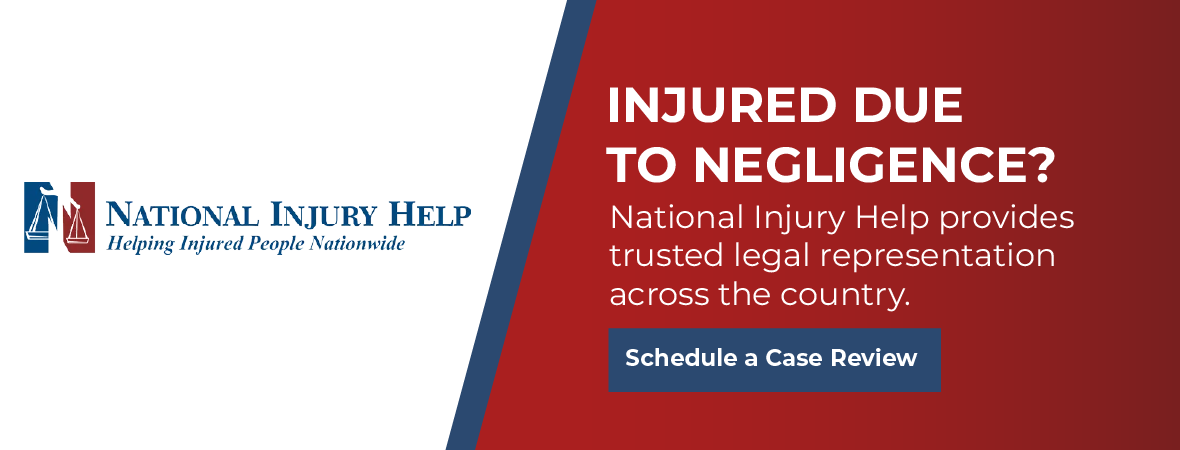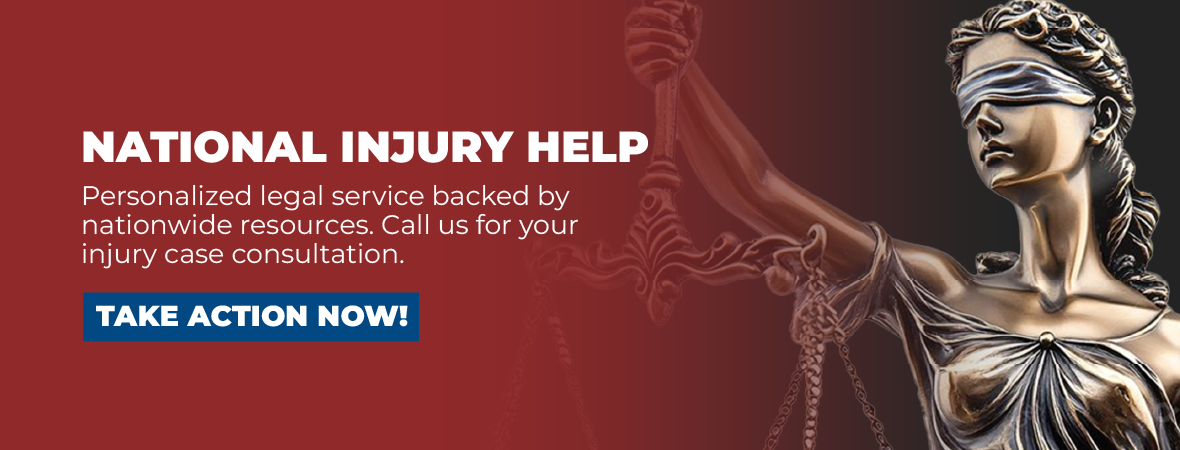Uber and Lyft accidents in Scottsdale can leave you injured and confused about who is responsible. Contact National Injury Help by calling 1 (800) 214-1010 today. We are ready to handle the legal details while you focus on healing.
Rideshare accidents are any crashes that involve an Uber or Lyft vehicle. They can happen while you sit in the back seat on the way to the ASU campus, while you drive your own car past Scottsdale Road, or while you walk near Old Town Scottsdale.
In the last few years, the number of Uber and Lyft cars in Scottsdale has surged. Students, tourists, and nightlife fans all tap their phones for quick rides, and drivers race to meet demand. More cars and more miles mean a higher chance of wrecks.
Unfortunately, rideshare cases are not simple. Three or more insurance policies may fight over who must pay. The rideshare driver, the company, and the other driver each have different limits and fine print. Arizona follows a fault-based system, so the insurer for the careless driver must pay, yet figuring out who caused the accident takes real work. A local lawyer who knows Scottsdale streets, Scottsdale police reports, and Maricopa County court rules can get answers fast.
Rideshare Accidents in Scottsdale: A Growing Concern
Scottsdale’s rideshare scene keeps expanding. ASU’s 80,000-plus students use Uber and Lyft to move between classes, housing, and downtown bars.
On weekends, Old Town Scottsdale lights up with visitors who rely on ridesharing to avoid parking hassles. Festivals at the Waterfront or WestWorld add another spike in ride requests. More trips bring more risk, and accidents now show up in Scottsdale’s open crash database almost every day.
Common Scenarios
A quick look at how people get hurt helps you spot where you fit in.
- You might be a passenger in an Uber or Lyft. You buckle up in the back seat, trust the driver, and a sudden impact throws you forward.
- You might be driving your own car when a rideshare vehicle cuts across your lane. Your airbag deploys, and you face repairs and neck pain.
- You might be a pedestrian or a cyclist. A driver who is staring at the app map misses the crosswalk and knocks you down.
- You might be the rideshare driver. A tourist runs a red light and totals your car while you are logged into the app and waiting for a request.
Why Scottsdale Is a Hotspot for Rideshare Use
Scottsdale is home to ASU students and is a popular destination for golf, nightlife, and major events, so thousands of people rely on app rides. Downtown entertainment spots cluster close together, and parking is scarce.
Big events like the Waste Management Phoenix Open and Barrett-Jackson Auto Auction draw crowds that overflow the light rail. All of this keeps Uber and Lyft cars circling city blocks from sunrise until long past midnight.
Rising Accident Risk
Long hours behind the wheel lead to fatigue. Constant app pings create distractions. New drivers who just moved to town may not know local lanes or one-way streets. These factors combine and raise the odds of crashes that injure riders, drivers, and bystanders alike.
Who Is Liable in a Rideshare Accident in Arizona?
If you were hurt in an accident involving an Uber or Lyft, you might be wondering who pays for the damages. In legal terms, this is called “liability.” In Arizona, the law follows a fault-based system. That means the person who caused the accident, or their insurance company, is the one responsible for paying for the injuries, property damage, and other losses.
Rideshare accidents can be confusing because they involve extra layers. It’s not always just one driver and one insurance company. Let’s look at how liability is decided and what that means for you.
Determining Who Is at Fault in a Rideshare Crash
Figuring out who caused the accident is the first step. It might be:
1. The Uber or Lyft Driver
Rideshare drivers have a duty to drive safely. If they were speeding, checking their phone, ignoring traffic signs, or making dangerous turns, they may be found at fault. Just like any other driver, they can be held responsible if their carelessness led to the crash.
2. Another Driver on the Road
If another car crashes into your rideshare vehicle, for example, if a pickup truck rear-ends your Uber, then that driver and their insurance company are usually responsible. In this case, your claim would be made against the other driver’s policy, not the rideshare driver’s.
3. Both Drivers Share the Blame
Accidents involving more than one vehicle are common. If several drivers made mistakes that caused the crash, each one may be partly responsible.
For example, on a busy road like Loop 202, one car might hit another, causing a chain reaction. In this situation, multiple insurance policies may need to share the costs.
4. A Third Party
Sometimes, the crash wasn’t really caused by a driver at all. A car part might have failed due to a defect, or a road hazard might have been poorly marked. In these cases, a vehicle manufacturer, a repair shop, or even a city agency could share the blame.
What Happens If You Are a Passenger?
If you were a passenger during the accident, you are seldom considered at fault. Arizona law protects passengers and gives them the right to seek payment from whoever caused the crash.
Here’s the good news: once a rideshare driver accepts a ride, Uber and Lyft provide up to $1 million in liability insurance. This means there is usually enough money available to cover your medical expenses, lost wages, and even pain and suffering.
You may need to file a Lyft injury claim in Scottsdale against the rideshare driver, the other driver, or both. An experienced lawyer can help figure out the best path.
How Rideshare Insurance Coverage Works
Uber and Lyft do not treat their drivers the same way taxi companies do. Instead of always providing full insurance, they use something called tiered coverage. This means the amount of protection changes depending on the driver’s status in the app. There are four coverage periods, and each one comes with different rules.
Coverage Periods Explained
A single Uber or Lyft ride moves through four stages. Each period affects what kind of insurance is available and how much money might be paid if an accident occurs.
Period 0: The App Is Off
In this stage, the rideshare app is closed, and the driver is using their car for personal reasons. Uber and Lyft do not provide any coverage here. If the driver causes an accident, only their personal auto insurance applies.
If the driver does not have enough insurance or if their policy excludes commercial use, victims may have trouble getting their costs covered. This is why some drivers carry extra rideshare coverage through their own insurer, but not all do.
Period 1: App Is On, No Ride Accepted
Now the driver is available for rides but has not yet accepted one. At this point, Uber and Lyft offer limited liability insurance as backup. This usually includes:
- Up to $50,000 per person for injury
- Up to $100,000 total per accident
- Up to $25,000 for property damage
This coverage only kicks in if the driver’s own policy does not apply or does not fully cover the damages. It is considered contingent, which means there are still risks for everyone involved.
Period 2: Ride Accepted, Driver En Route
Once the driver accepts a ride and starts heading to pick someone up, the coverage changes. Now, the full commercial policy begins. This includes:
- Up to $1 million in third-party liability coverage
- Uninsured/underinsured motorist protection
- Coverage for property damage, depending on the driver’s deductible
This phase offers a much stronger safety net for passengers, pedestrians, or other drivers who may be hurt.
Period 3: Passenger in the Vehicle
This is the final stage. It begins when the passenger gets into the car and ends at drop-off. During this time, the same $1 million liability coverage remains active, as well as protection for anyone injured by an uninsured or underinsured driver.
Rideshare Insurance Limits Across the U.S.
Although details can vary by state, Uber and Lyft generally offer:
- $1 million in liability
- Uninsured/underinsured protection
- Property damage coverage (based on the driver’s deductible)
This often covers emergency care, surgery, therapy, and weeks or months of lost income.
Common Insurance Gaps
Even with these policies in place, problems can still arise. Insurance companies often look for reasons to deny or delay payment. Here are some common challenges:
- The driver’s personal insurer may refuse to pay because the car was being used for business.
- Uber and Lyft might argue that the driver had the app off or was between rides.
- Victims may be stuck waiting while the companies argue about fault or responsibility.
Because of these issues, passengers and injured third parties can find themselves without clear answers. That is why it helps to have a lawyer who understands rideshare cases. A skilled attorney can push back against denials, track down all available coverage, and help make sure your medical bills, lost wages, and pain and suffering are properly addressed.
Scottsdale Rideshare Accident Lawyer’s Step-by-Step Guide for What to Do After a Rideshare Accident in Scottsdale
If you are involved in a rideshare accident, the steps you take in the first few hours can make a big difference. They help protect your health and make sure your legal claim is strong.
Get Medical Attention Right Away
Always see a doctor, even if you feel okay. Some injuries, like whiplash or concussions, do not show symptoms right away. A doctor can find problems early and create medical records that help support your case later.
Report the Accident
Use the rideshare app’s “Report Safety Issue” button to tell Uber or Lyft what happened. This creates a record of the crash. You should also call the police. If the accident happened on a city street, call Scottsdale Police. If it happened on the freeway, call the Department of Public Safety. A police report helps prove that the crash occurred and can help speed up your insurance claim.
Save All the Evidence You Can
Take photos of everything: your injuries, both vehicles, the road, and any nearby signs or traffic signals. If you can do it safely, take a photo of the speedometer. Save your ride receipt and take a screenshot of the app showing the driver’s info and trip time. If anyone saw the accident, ask for their name and phone number.
Be Careful What You Say or Do
Do not post about the crash on social media. Insurance companies often check your accounts. Do not talk to any insurance adjuster without an Uber crash attorney in Scottsdale. Their first offer is often too low. Never sign anything before getting legal advice. Signing a release too early could block you from getting more money later.
How a Scottsdale Rideshare Accident Lawyer Can Help
A good local lawyer makes the whole process much less stressful and increases the payout.
Case Review and Liability Assessment
We download trip data, driver logs, and police reports. We line up timelines to see whether the driver was in Period 1, 2, or 3. We find every policy and explain your best options.
Dealing With Uber and Lyft’s Legal Teams
Corporate insurers stall. We push back, cite Arizona case law, and set firm deadlines. If they are still delayed, we will file the case with the Maricopa County Superior Court and move it forward.
Working With Medical Experts
We ask spine surgeons, neurologists, and physical therapists to write clear reports that show how the crash changed your life. These reports turn pain into dollars at the negotiation table.
Maximizing Your Compensation
We add lost bonuses, future raises, home-health costs, and even mileage to doctor visits. If talks fail, we prepare for trial, pick a jury, and present your story with photos, models, and simple language that jurors understand.
Why Choose Our Team of Experienced Scottsdale Rideshare Accident Lawyers
Local means faster. We know the judge’s clerk who stamps filings, the police records office hours, and the best place to park near the court. You can drop paperwork at our office near ASU and be back on campus within minutes.
Types of Compensation an Experienced Scottsdale Rideshare Accident Lawyer Can Secure for Victims
Although we understand money cannot erase pain, it can replace financial loss and give peace of mind while you focus on your recovery.
Economic Damages
- First, emergency treatment costs add up fast. Ambulance, ER scans, and hospital stays all get added to the demand.
- Second, ongoing care needs funding. Physical therapy, prescriptions, and adaptive devices count.
- Third, lost wages and future income matter. If you miss shifts or your career stalls, we show exact numbers.
Non-Economic Damages
- Pain and suffering reflect daily discomfort. Arizona juries weigh your testimony and doctor notes.
- Emotional distress covers anxiety, flashbacks, and sleep loss.
- Loss of enjoyment means missing sports, hobbies, or family trips.
Punitive Damages
Courts rarely award them, yet if a drunk driver or a street-racing rideshare driver caused the crash, we ask for extra money to punish that behavior.
Factors That Impact Settlement
Severe injuries raise value. Passengers often get quicker offers because they are at no fault. Clear dash-cam footage or app logs that show speed make negotiations smoother.
Arizona Laws That Affect Rideshare Accident Claims
Knowing state rules helps you plan.
Comparative Negligence Rule: Arizona follows pure comparative negligence. You can recover even if you share some blame; the court just reduces your award by your percentage of fault.
Statute of Limitations: You have two years from the crash date to file a personal injury lawsuit. If a city bus or state vehicle is involved, you must send a notice of claim within 180 days and sue within one year.
Insurance Reporting Deadlines: Uber and Lyft require prompt notice, often within the app. Failure to report quickly can delay coverage decisions.
FAQs About Rideshare Accidents in Scottsdale
Can I sue Uber or Lyft directly?
Yes, in some cases, yet most claims target their insurer, not the parent company.
What if the rideshare driver was uninsured?
Uber and Lyft policies still apply during Periods 2 and 3, and Arizona requires uninsured motorist coverage.
How long does a claim take?
Simple claims may settle in months; disputed liability or surgery cases can take over a year.
What if I was partly at fault?
Yes, even if you were partly at fault, Arizona’s comparative negligence law still allows you to recover damages. However, your award will be reduced by the percentage of blame you are assigned.
Can I file a complaint if I was not wearing a seatbelt?
Yes, you can still file a complaint even if you were not wearing a seatbelt, though the insurer may argue you share fault for injuries.
Why Act Quickly and Choose a Scottsdale-Based Lawyer
Evidence fades. App logs can be purged after a set time. Dash-cams overwrite old files. Witnesses graduate and move. Waiting risks losing key proof.
Arizona’s two-year clock runs fast, and notice deadlines for public-vehicle cases run even faster. Local counsel means you get face-to-face meetings, quick document drops, and clear updates. Our office sits near the light rail on Scottsdale Road, minutes from ASU and South Scottsdale neighborhoods.
Contact a Scottsdale Rideshare Accident Attorney Today
You do not need to face giant insurers alone. National Injury Help offers free consultations and works on a contingency fee. That means you pay us nothing unless we win money for you. We serve Scottsdale, Tempe, Chandler, Mesa, and the entire East Valley.
If an Uber or Lyft ride hurt you, call 1 (800) 214-1010 today. We will listen, explain your rights, and fight to make the other side pay so you can focus on getting better.

